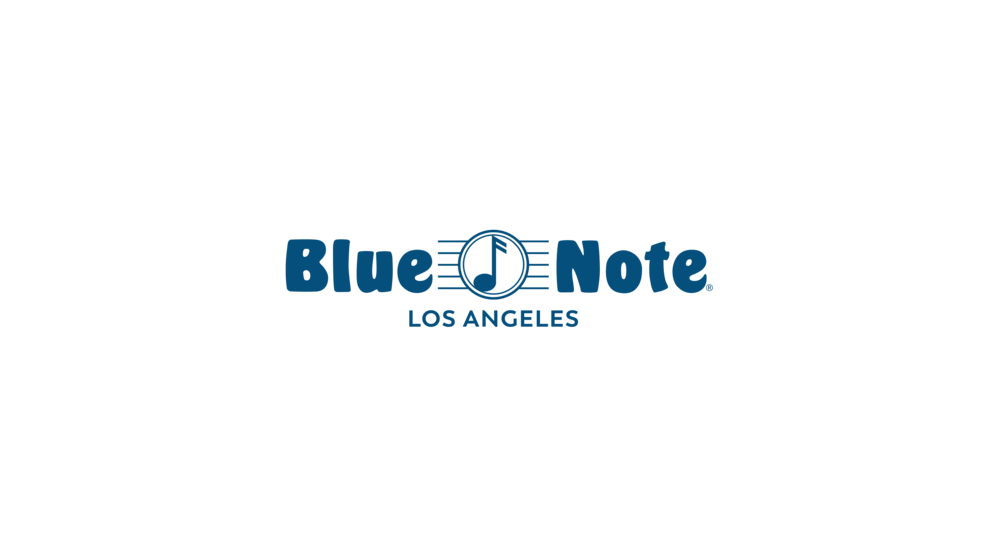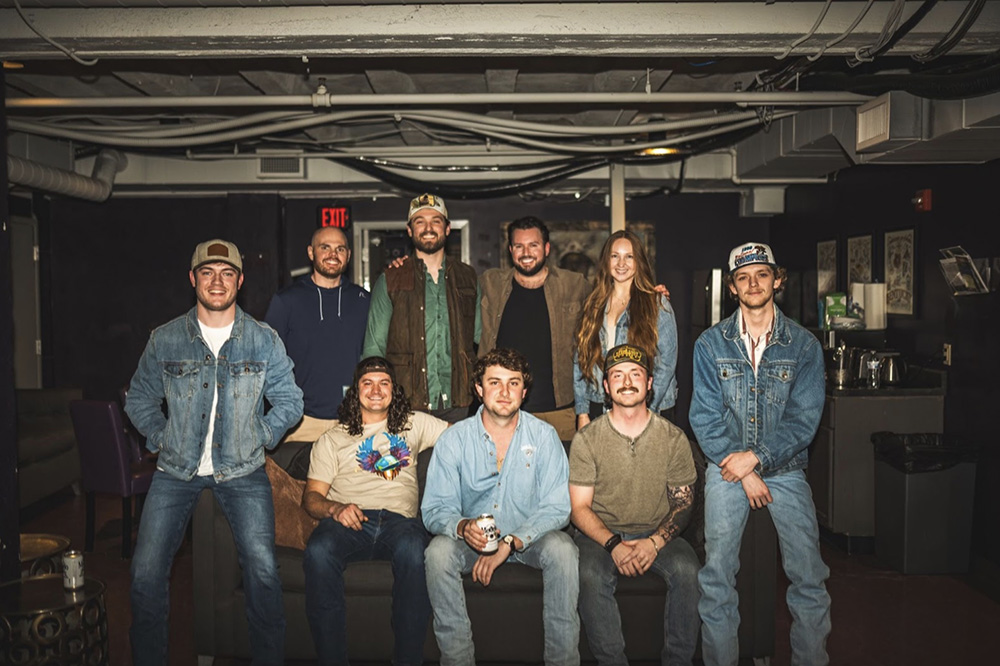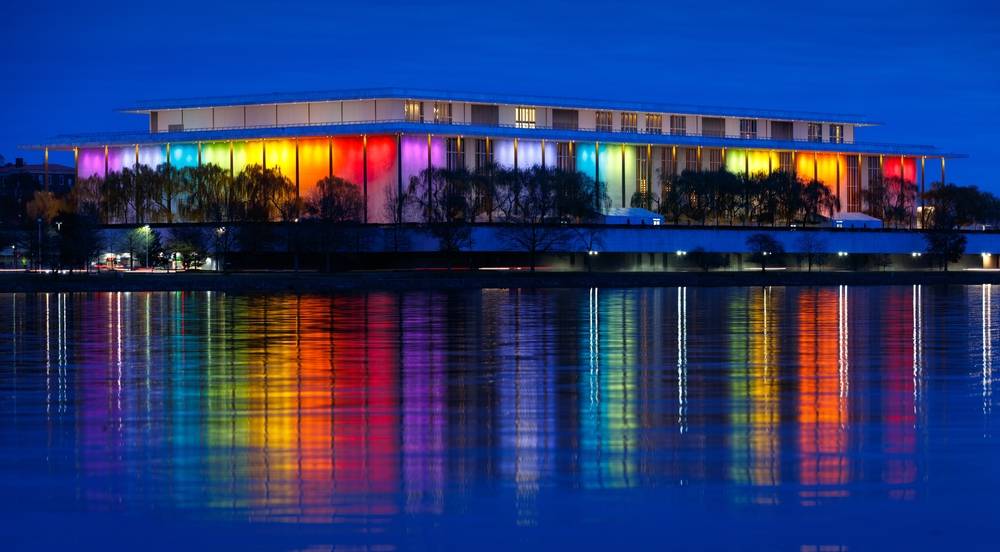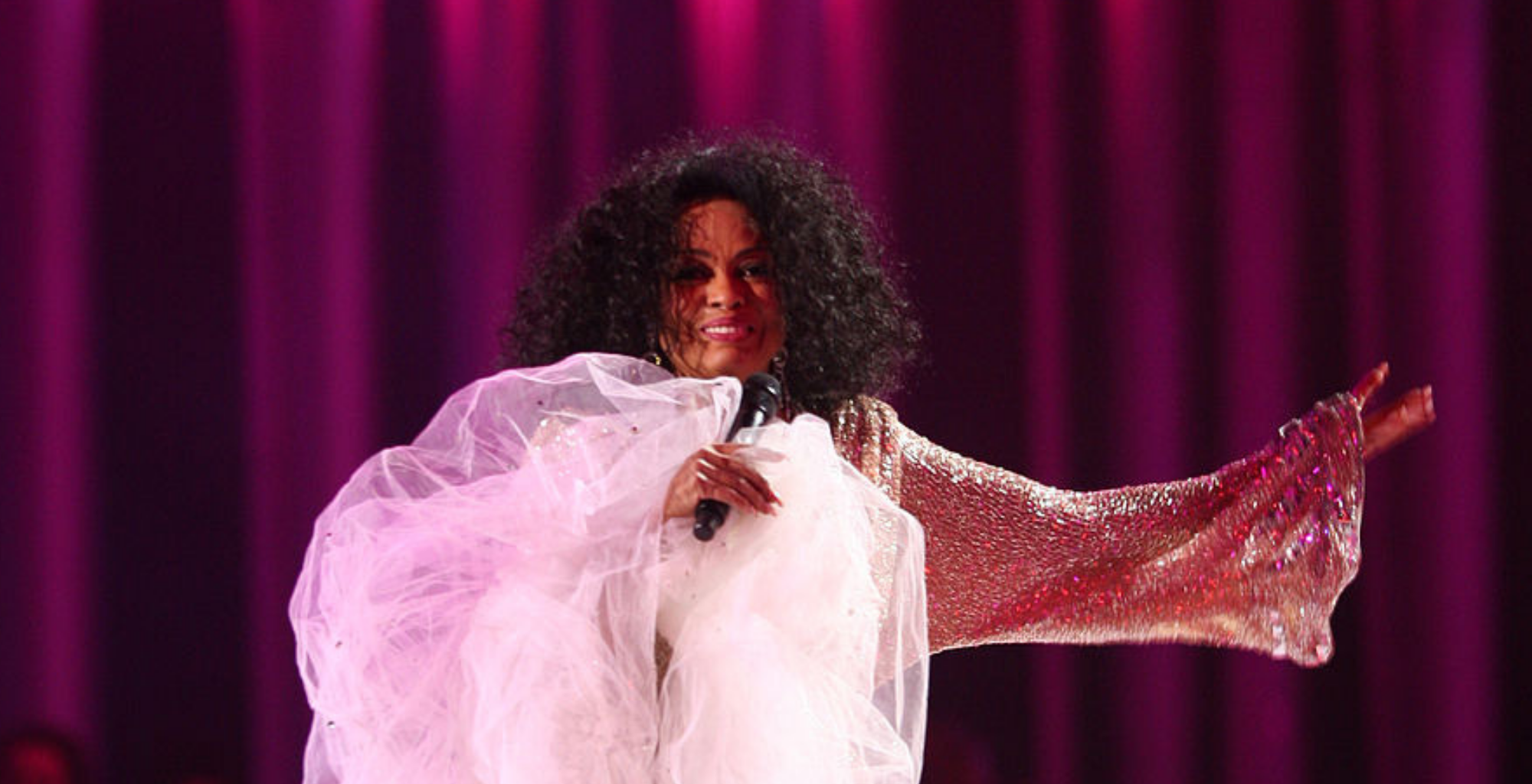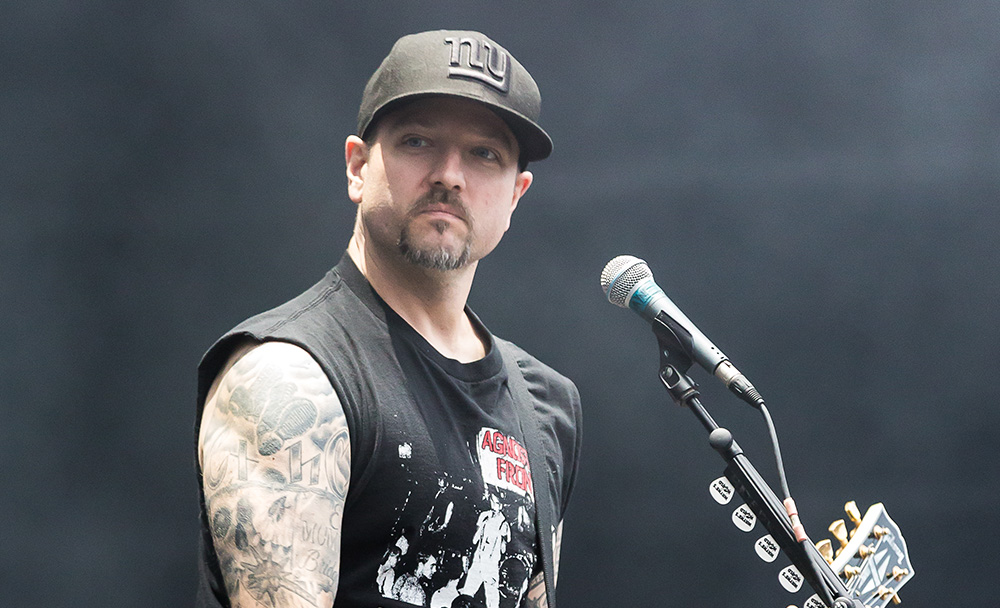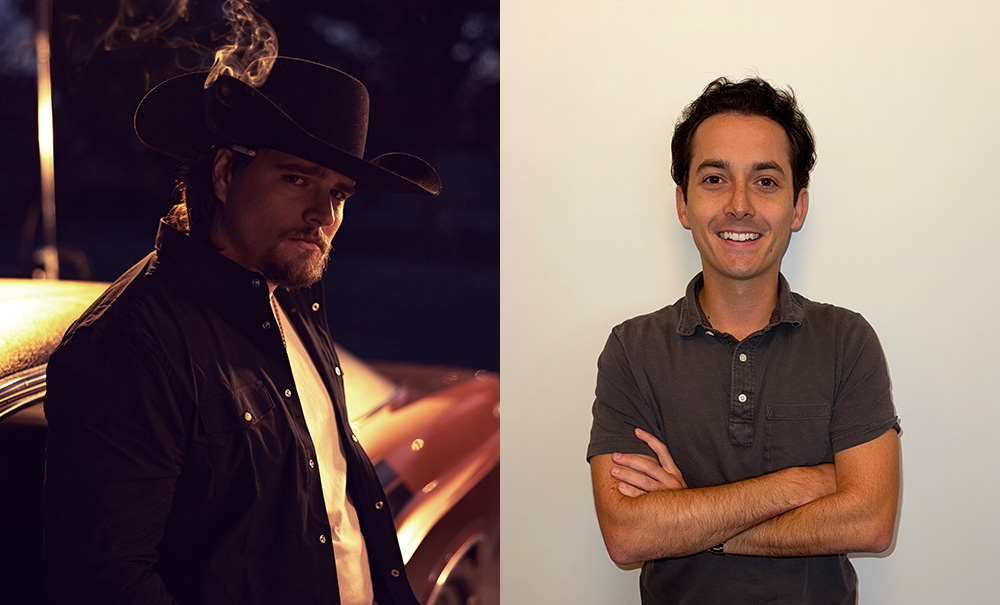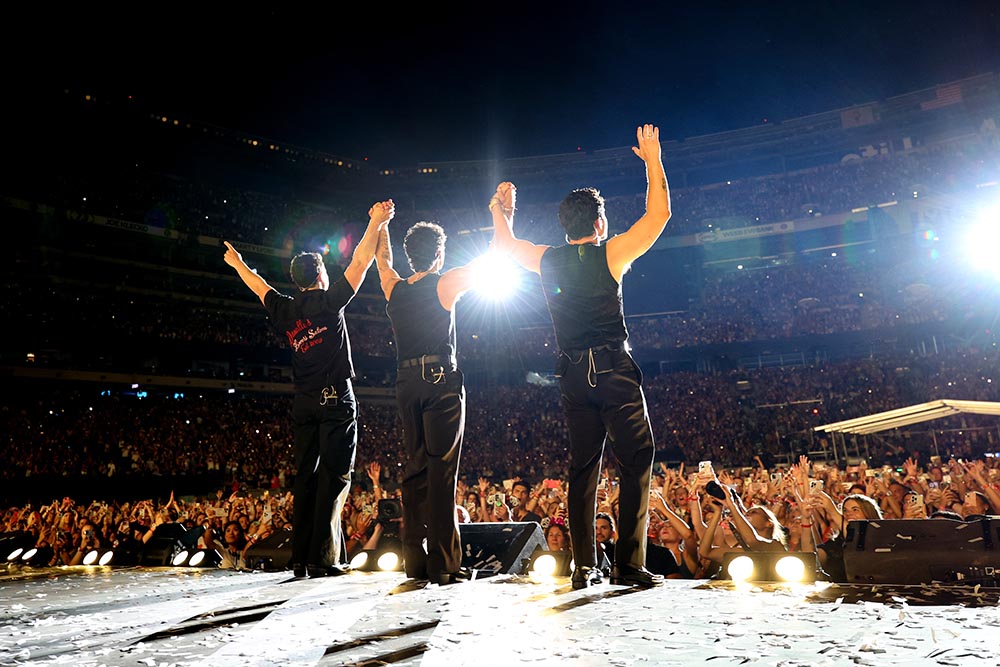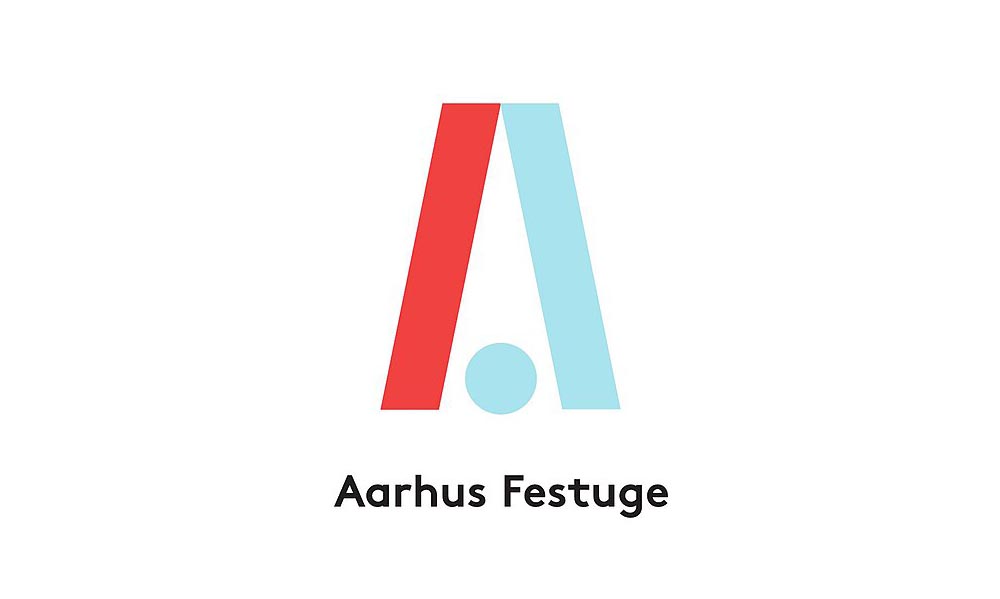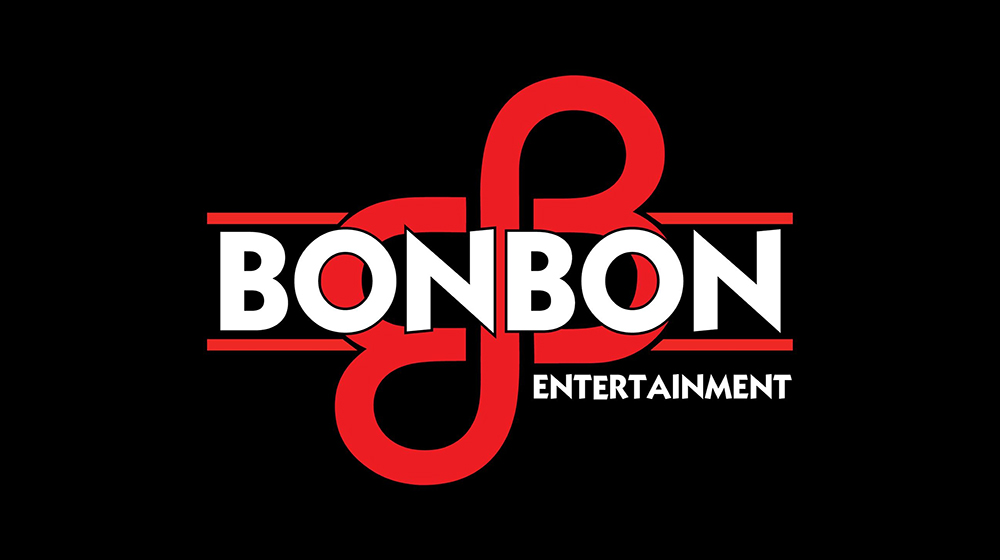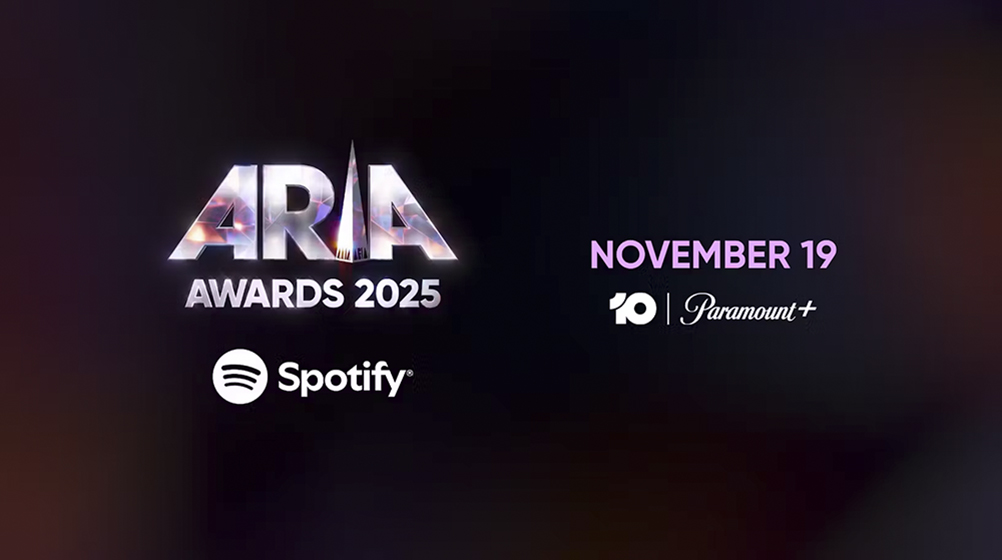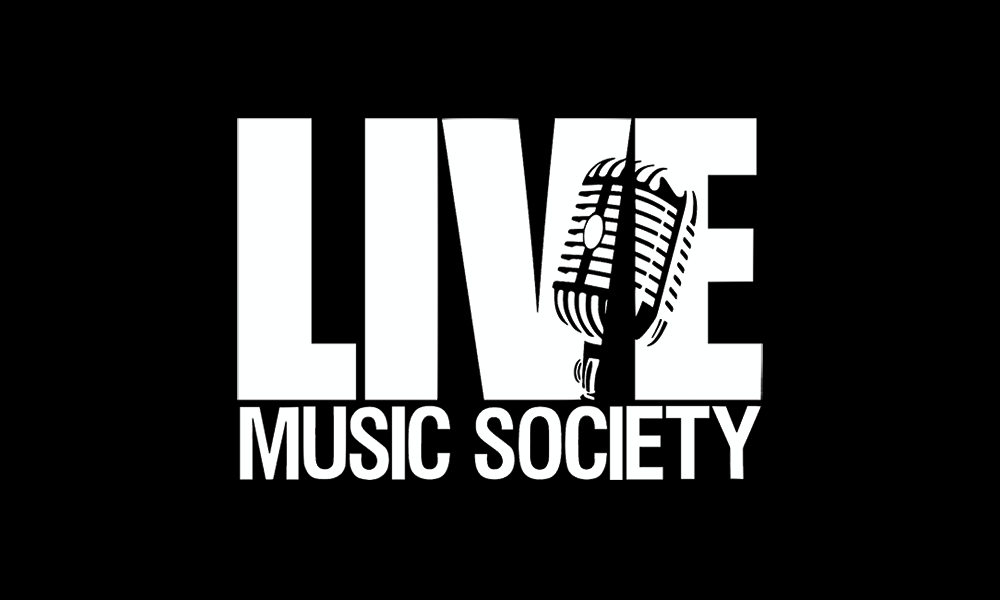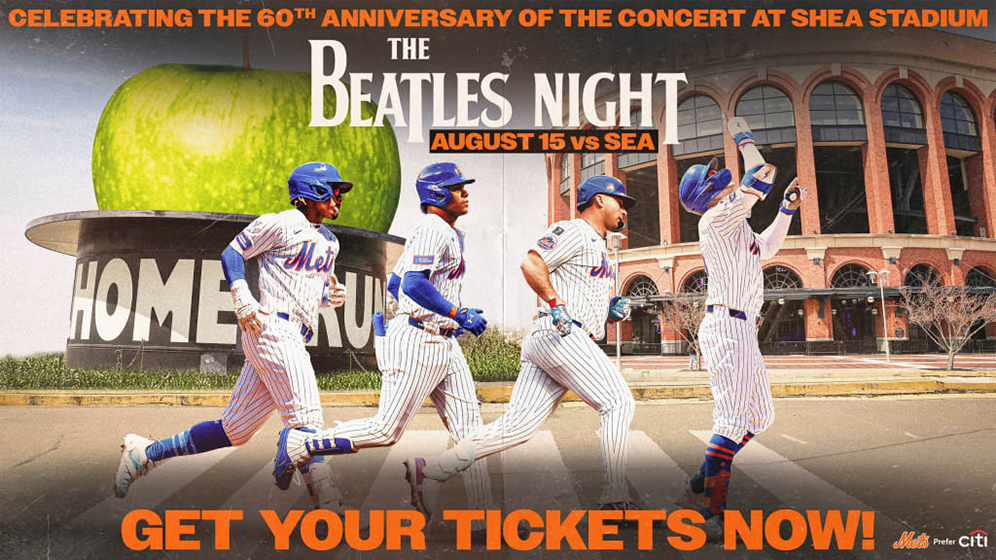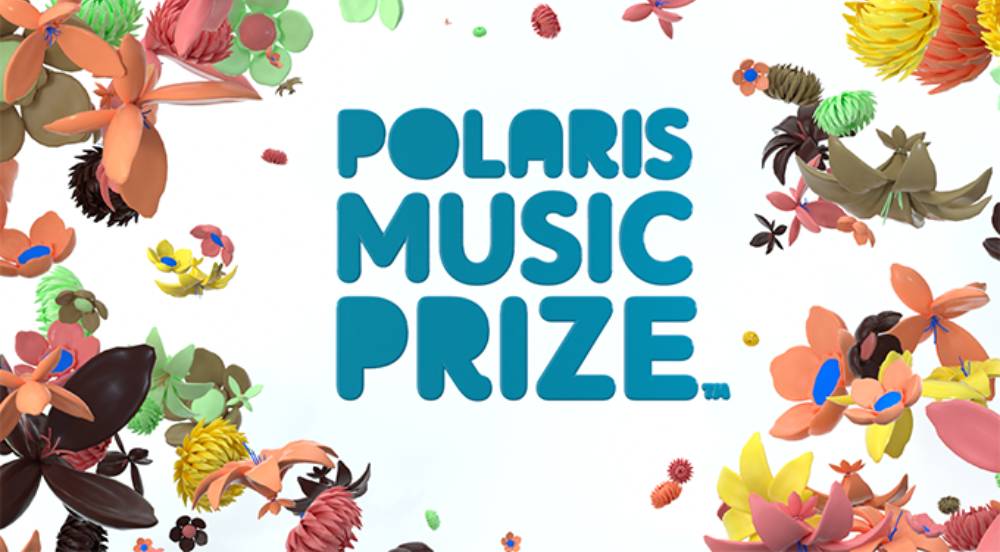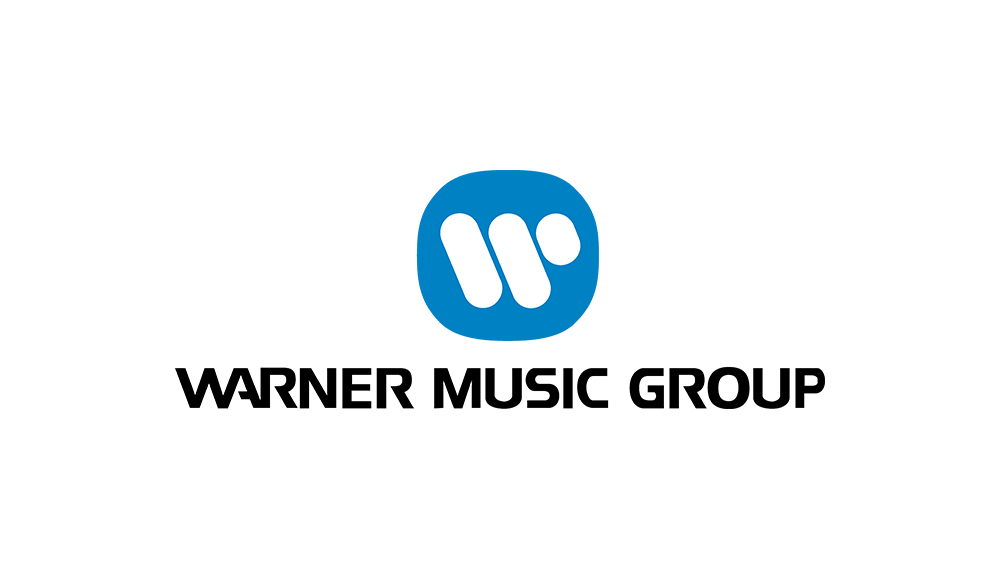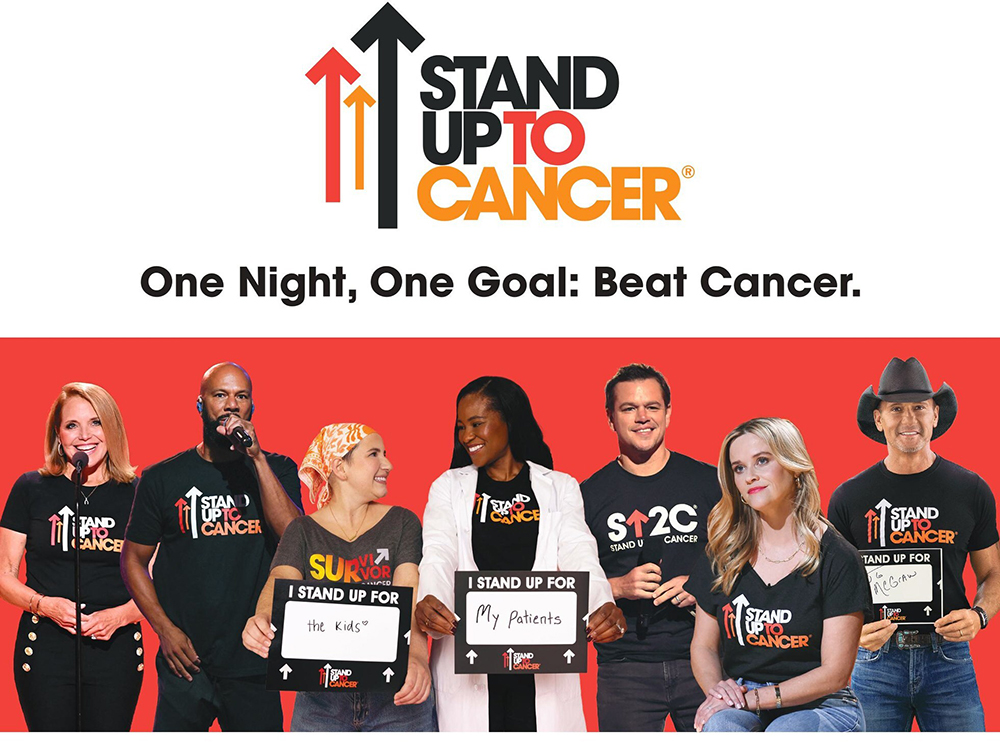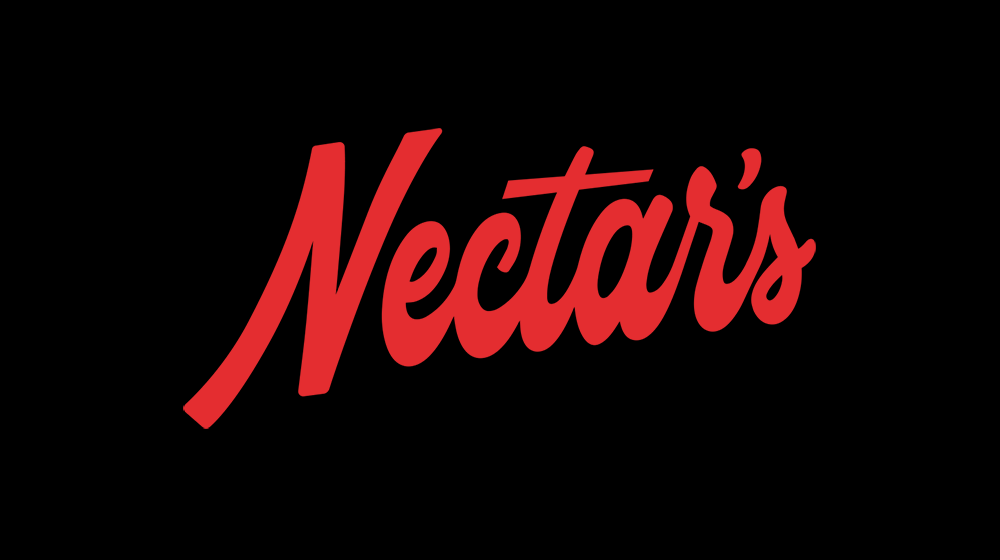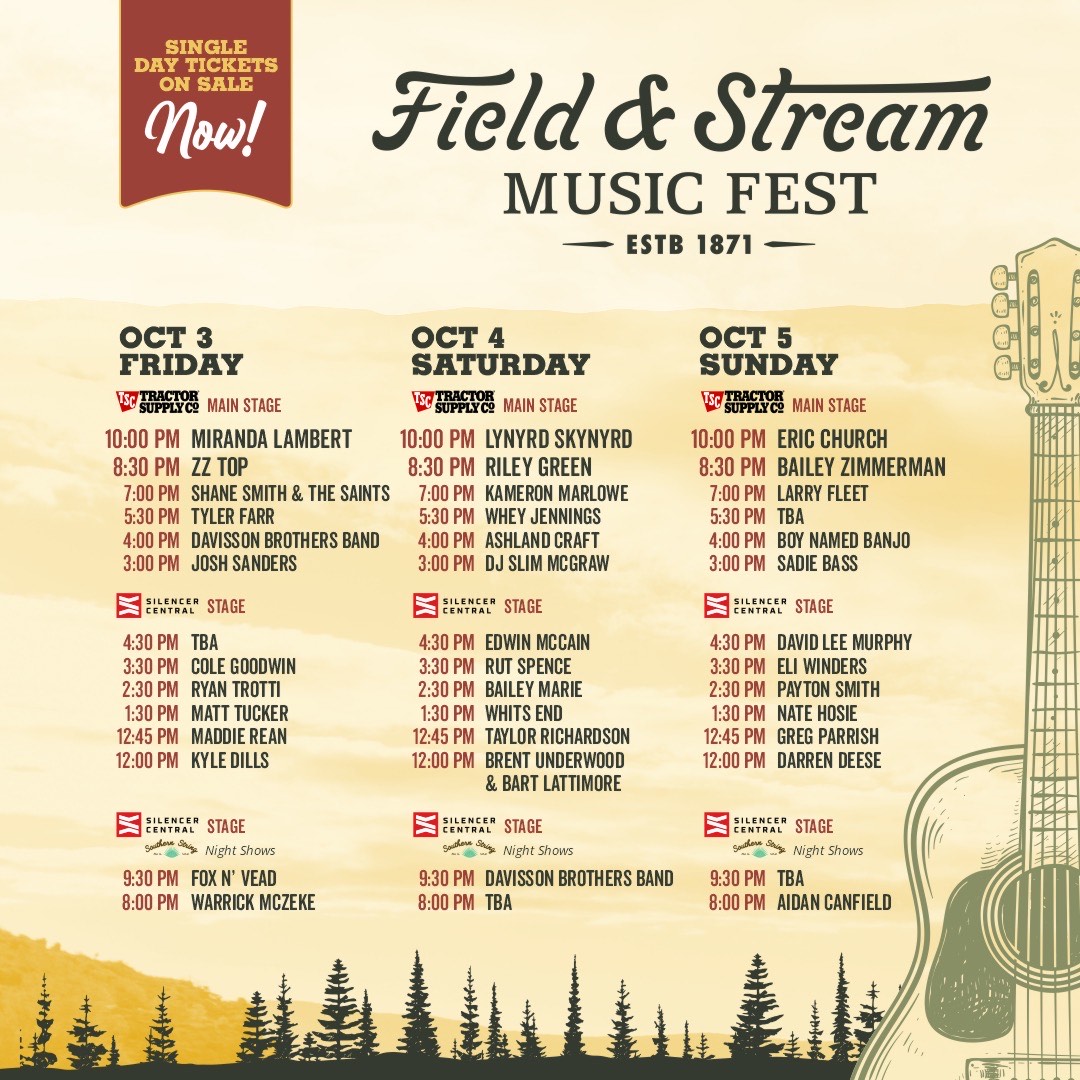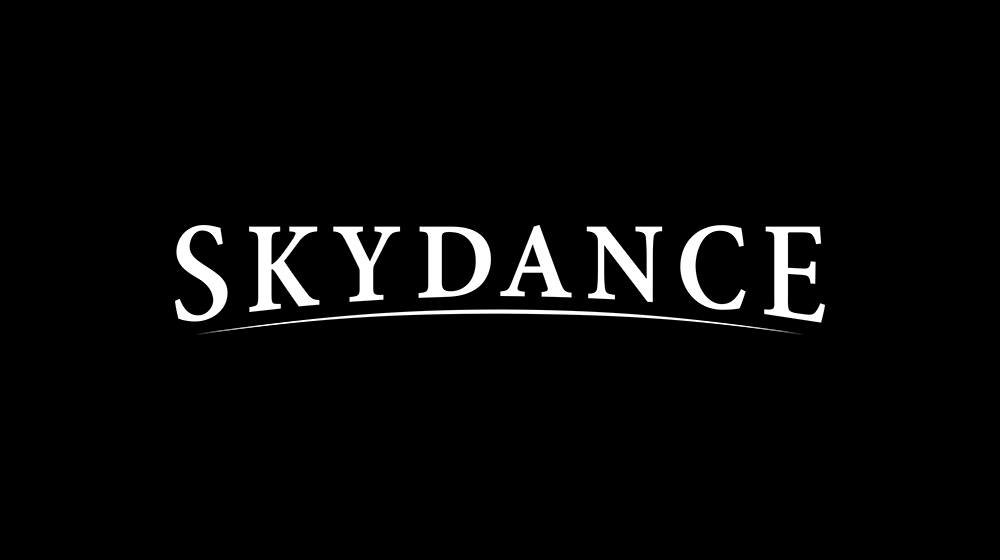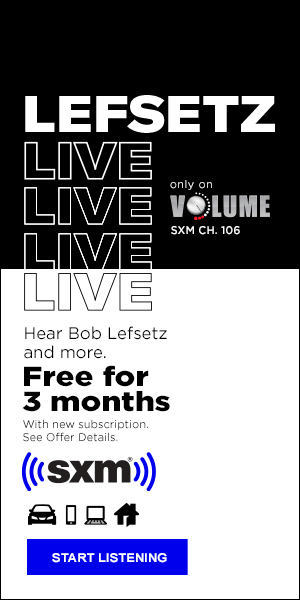
DARWINISM (Hypebot) –
PART 1
I teased this essay from music industry philosopher and frequent Hypebot contributor Kyle Bylin with a graphic yesterday. Today Kyle delivers on his promise with a thoughtful look at the on going evolution of the music industry. Set some time aside as we all slow down for the holidays to absorb what Kyle has to say. It's a worthy read.
Talcott Parsons, a former Harvard professor, believed society was in a natural state of equilibrium or balance. In reference to his equilibrium model, when changes occur in one part of society there must be adjustments made in the others. If this does not take place, the equilibrium of society would be endangered and tension is placed on its social order. Parsons goes onto illustrate how society changes by dividing evolution into four distinct and inevitable processes.
1. Differentiation
2. Adaptive Upgrading
3. Inclusion
4. Value Generalization
Using these four processes, I will reflect on how they relate to what social changes have been occurring in the music industry. This is an attempt to move away from the concept of The Digital Music Revolution and begin the exploration of the four stages in The Social Music Evolution.
Stage One – Differentiation, also known as division, refers to the increase in complexity of social organizations which in turn creates functional subsystems from the main system.
In The Fall Of Communization And The Rise Of The Music Fan I elaborated on what professor Mike Wesch called a cultural inversion and found that his insights in An anthropological introduction to YouTube brought forth a perfect example of how the way people interact with music has changed.
The more individualized these habits became, the more value we placed on our sense of want and need for community. As the ability to form communities around our favorite artists became more feasible, many of us wanted to belong, participate, and identify with our music tribe.
Due to the increasing complexity of the music industry, we've only begun to see the creation of functional subsystems from the main system. These subsystems are Facebook, Imeem, Last.com, Pandora, SonicBids, PumpAudio, Rumblefish, Itunes, Amazon, eMusic, CD Baby, Tunecore, Sellaband, Slice The Pie, YouTube, OurStage, ReverbNation, TopSpin, and many others.
The key word here is functional, in other words, clearly its functioning, just not exactly as we would have imagined that it would. Without these subsystems, The Musical Middle Class would be a theory, but this gap between conventional music industry wisdom is opening wider as written about here on Hypebot and explained by Ian Rogers of TopSpin Media in his keynote at the Grammy Northwest Music Tech Summit.
Stage Two – Adaptive Upgrading occurs when those subsystems evolve into more efficient versions and social institutions become more specialized in their processes.
In theory, we are currently in Stage Two. The effectiveness of places like Facebook and Last.fm are evolving and social institutions like ReverbNation and Top Spin Media are becoming more specialized in there processes. Depending on its outcome, this stage is what I believe allows for the creation of potential for The New Musical Middle Class to succeed on its own terms.
While there may be other key bullet points, I think these three play the most significance in social change, because when mass-democratization happens ideas like Google (search), Wii (gaming), and Target (design) not only spread, but win almost every time.
I believe that stage two will not complete until we reach the democratization of:
PART 2
In the final of part of this two part essay, frequent Hypebot contributor Kyle Bylin continues his look at the on going evolution of the music industry. The essay is inspired by the work of Talcott Parsons, a former Harvard professor who wrote that society was in a natural state of equilibrium or balance. When changes occur in one part of society there must be adjustments in the others. Bylin examines how the music industry is evolving using the same four distinct processes that Parson used to explain the evolution of man. Stage 3 – Inclusion occurs when groups previously excluded from society are now accepted.
Stage Four – Value Generalization is the development of new values that tolerate and legitimate a greater range of activities which leads to increasing the legitimization of the ever more complex system.
The music industry reaches a state of equilibrium and the newly formed parts coexist with the main system.
Conclusion: Where Is The Musical Middle Class?
The image above is a social systems paradigm of The Musical Middle Class which examines what functions the various elements of the social system perform in regard to the entire system.
This image evolved from my previous research into The Evolution of Tribal Curiosity. As you move up the four classifications (Hunter-Gather; Tribe; Chiefdom; and State) their realm of social influence increases along with their discretion of what makes “good music.”
The Musical Middle Class was placed between Chiefdom and Tribes, because they are the core supporters of it's existence. Without the support from Independent Leaders (Opinion and Company Based) and from what we've come to understand as more organized communities of followers or Tribes, it wouldn't be able to sustain its growth from side to side. Often defined by its closer relationship with those two groups and it's levels of sustainability, ownership, and control, the one thing unclear about it is: How much income does it generate?
While that is the biggest question that challenges those In Support Of The Musical Middle Class, there was a question that was equally important to me: Why do we believe it exists in the fist place?
The Digital Music Revolution reflects on how the music industry was impacted by technological advances which changed the way music is consumed, but it fails to provide insight into its social changes. By evaluating the four stages a society goes through as it evolves, I saw opportunity to apply what I had learned to the changes in the music industry. Within this newfound opportunity, I discovered new insights as to why this space in the middle of the industry was opening and growing, which eluded to the creation of The Musical Middle Class.
This in turn led me to believe that what we are experiencing is no longer a Digital Music Revolution, but a more apparent Social Music Evolution.




















